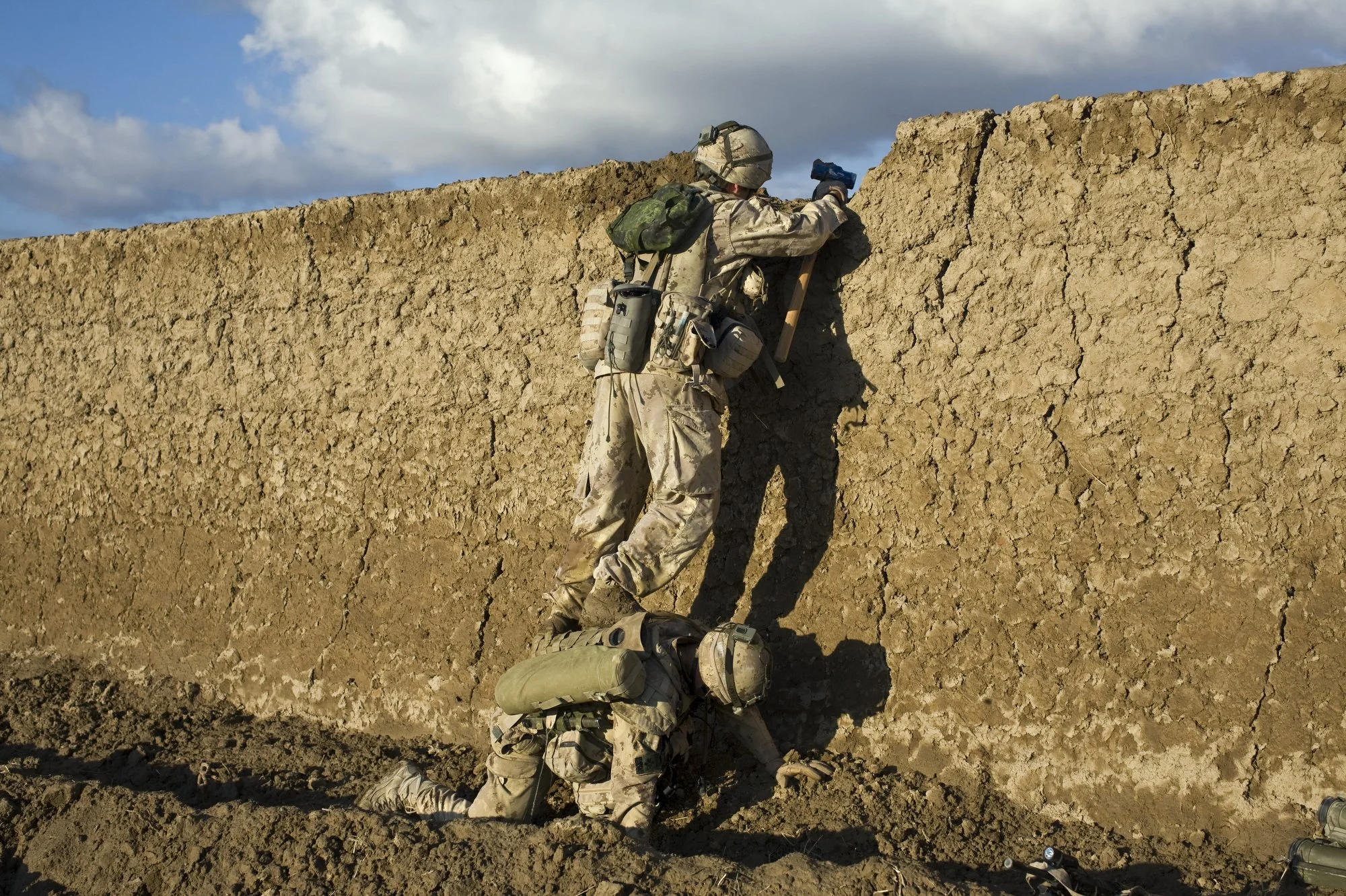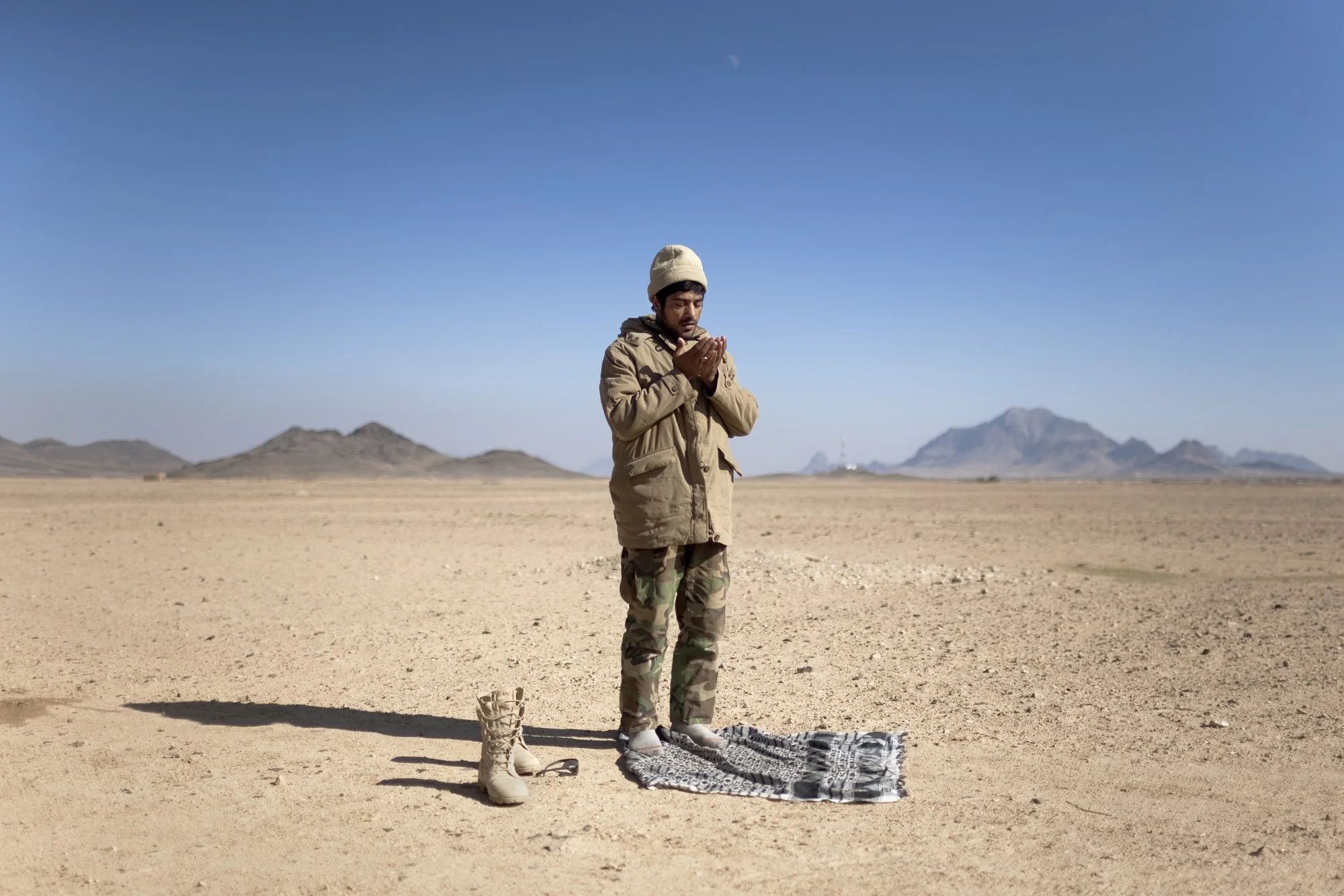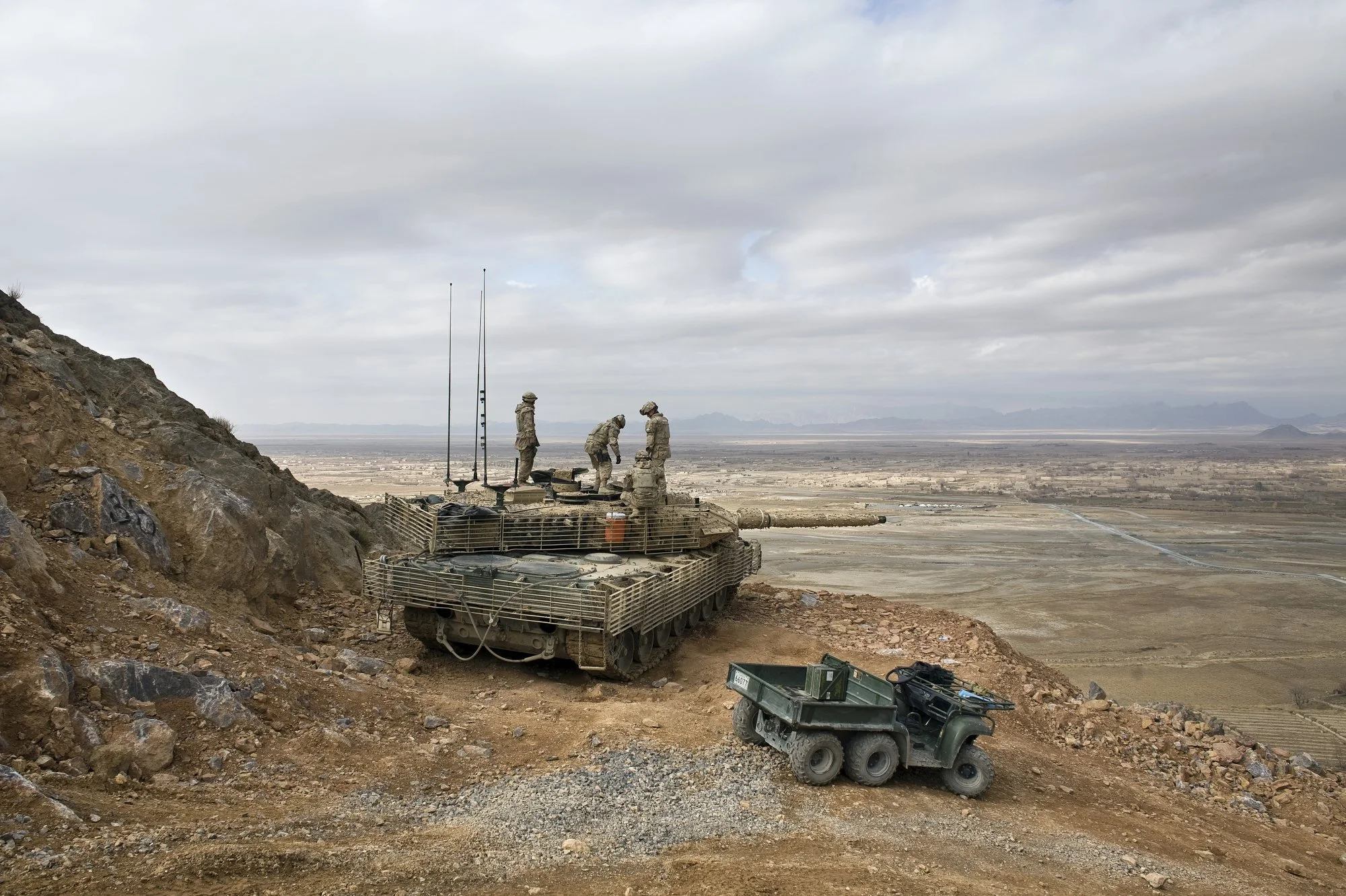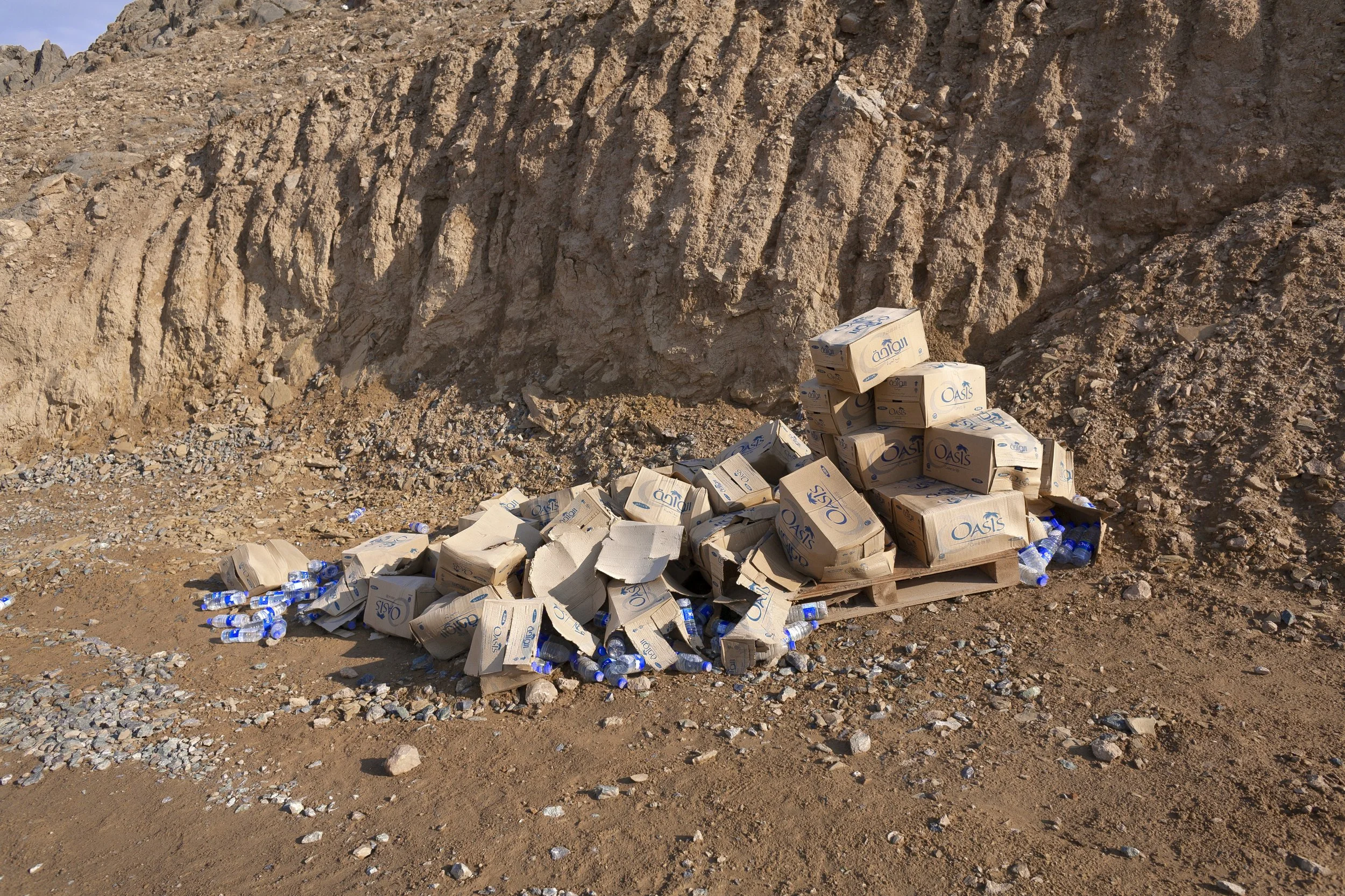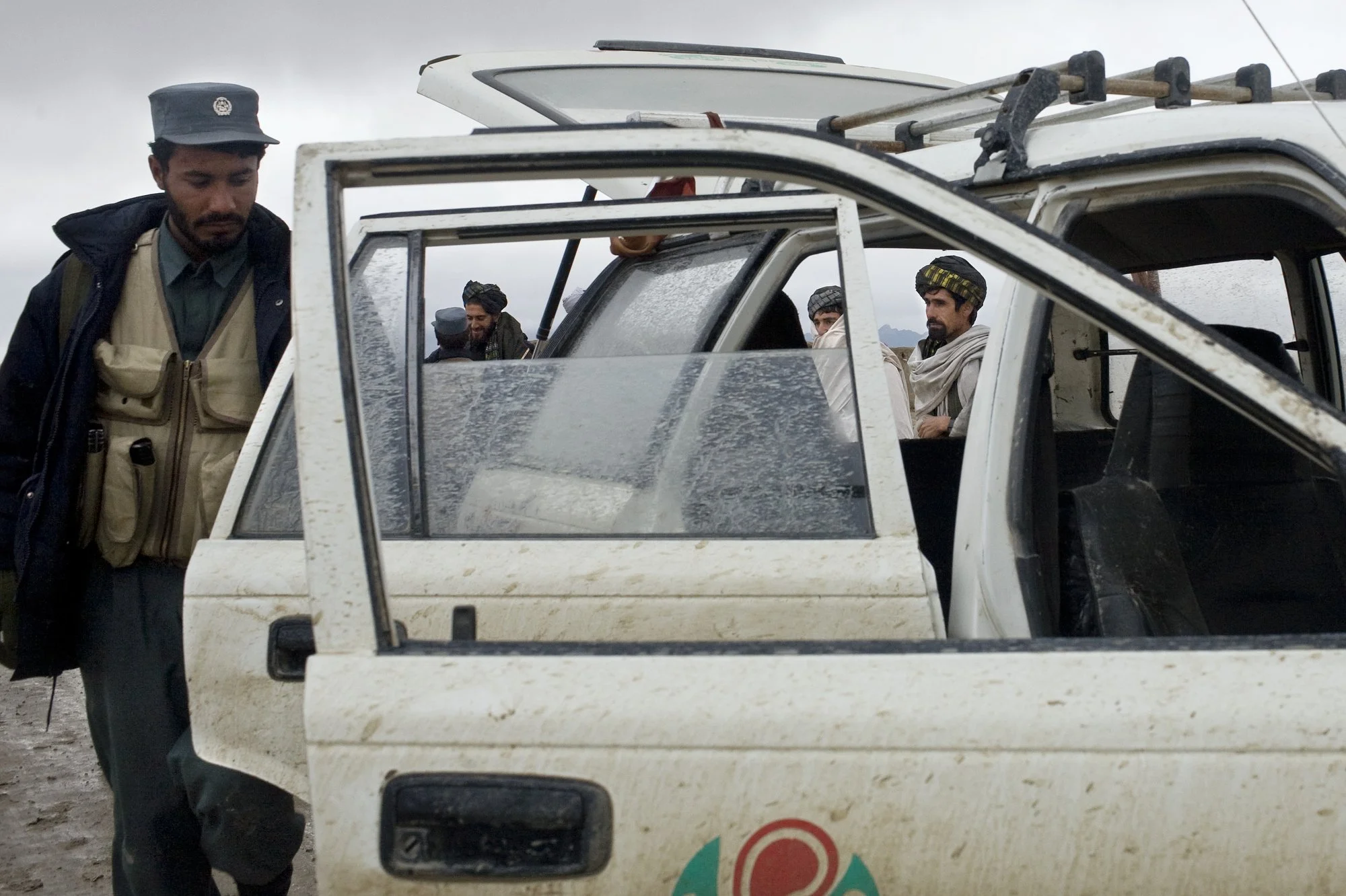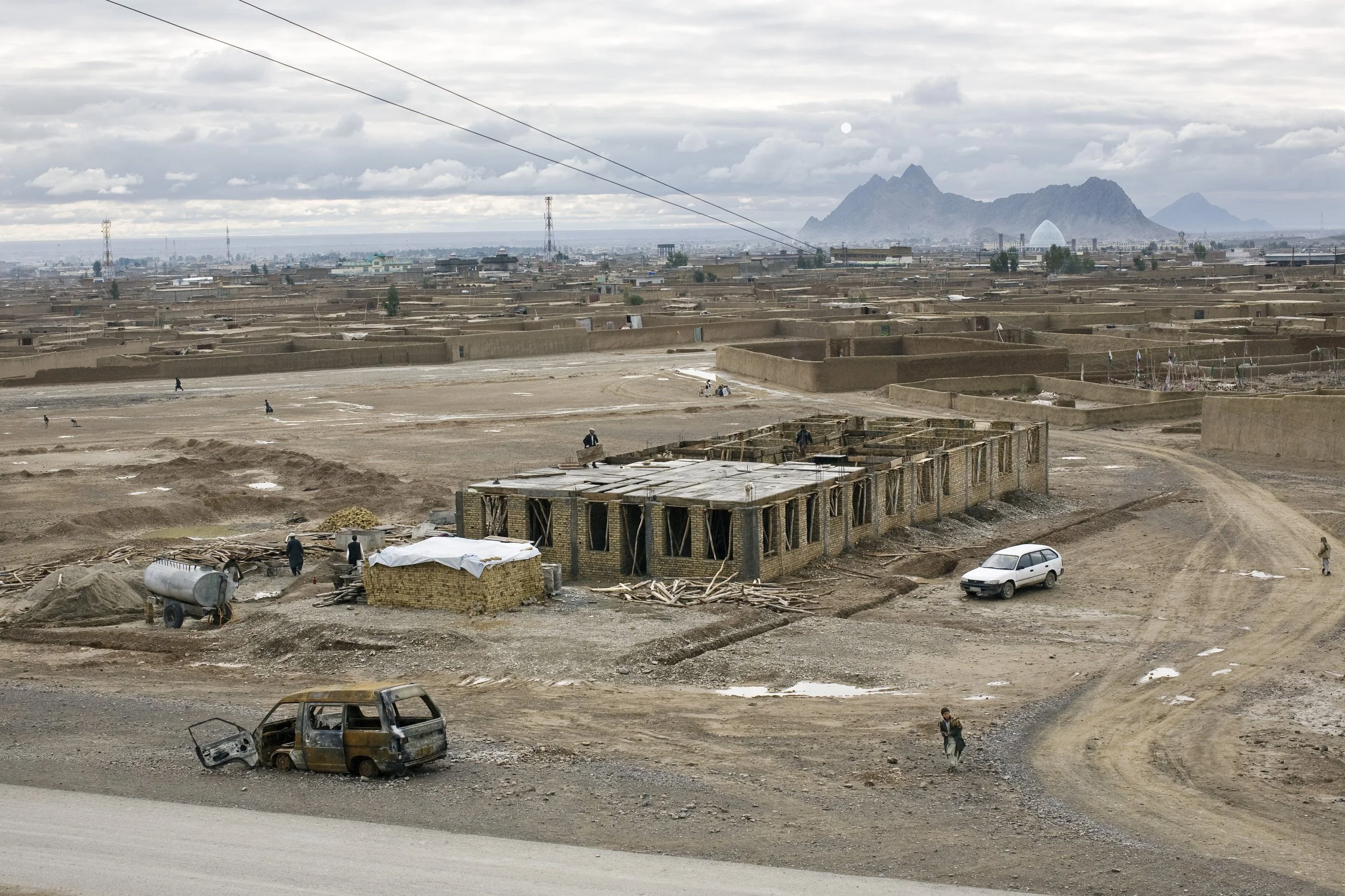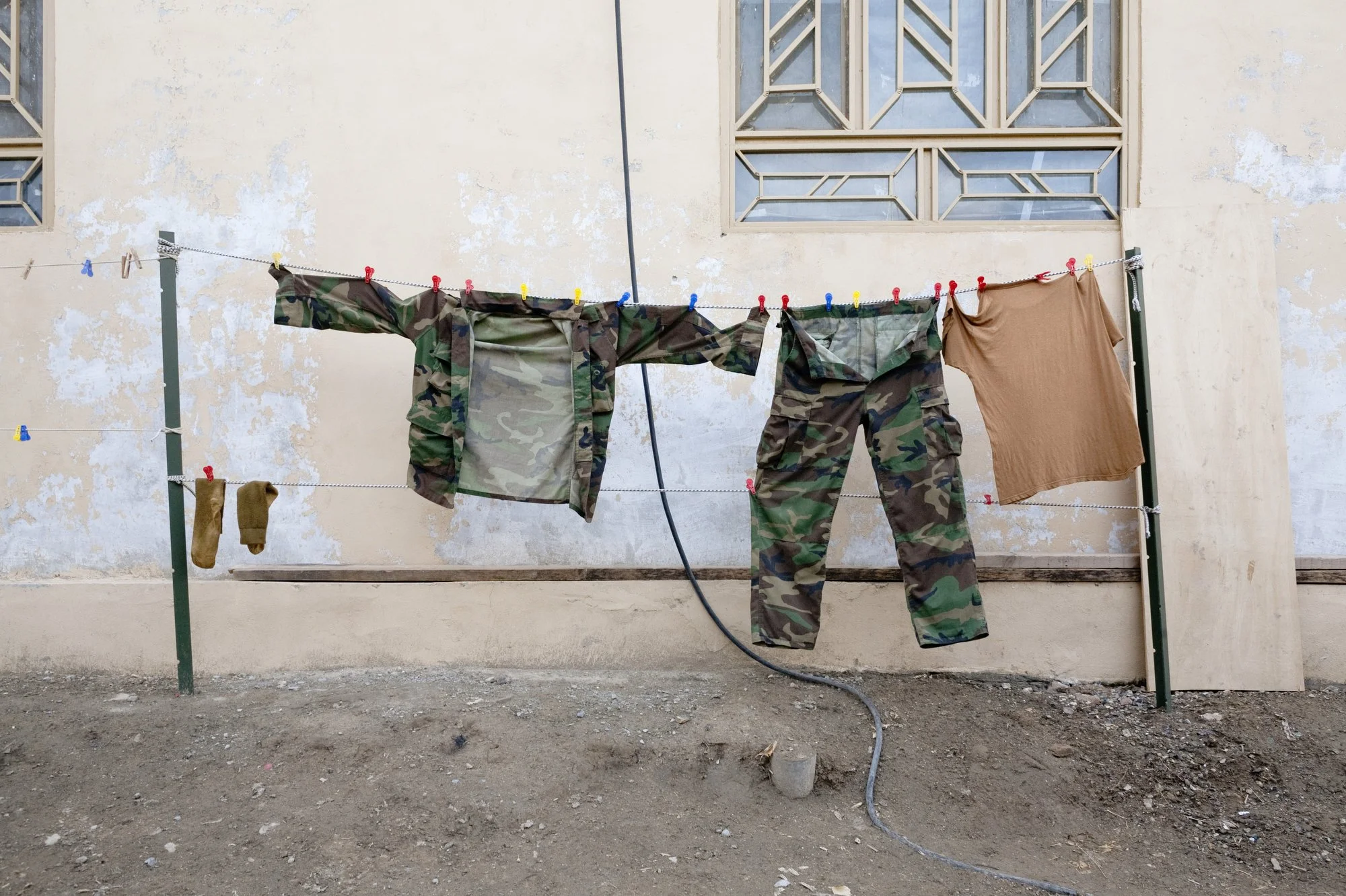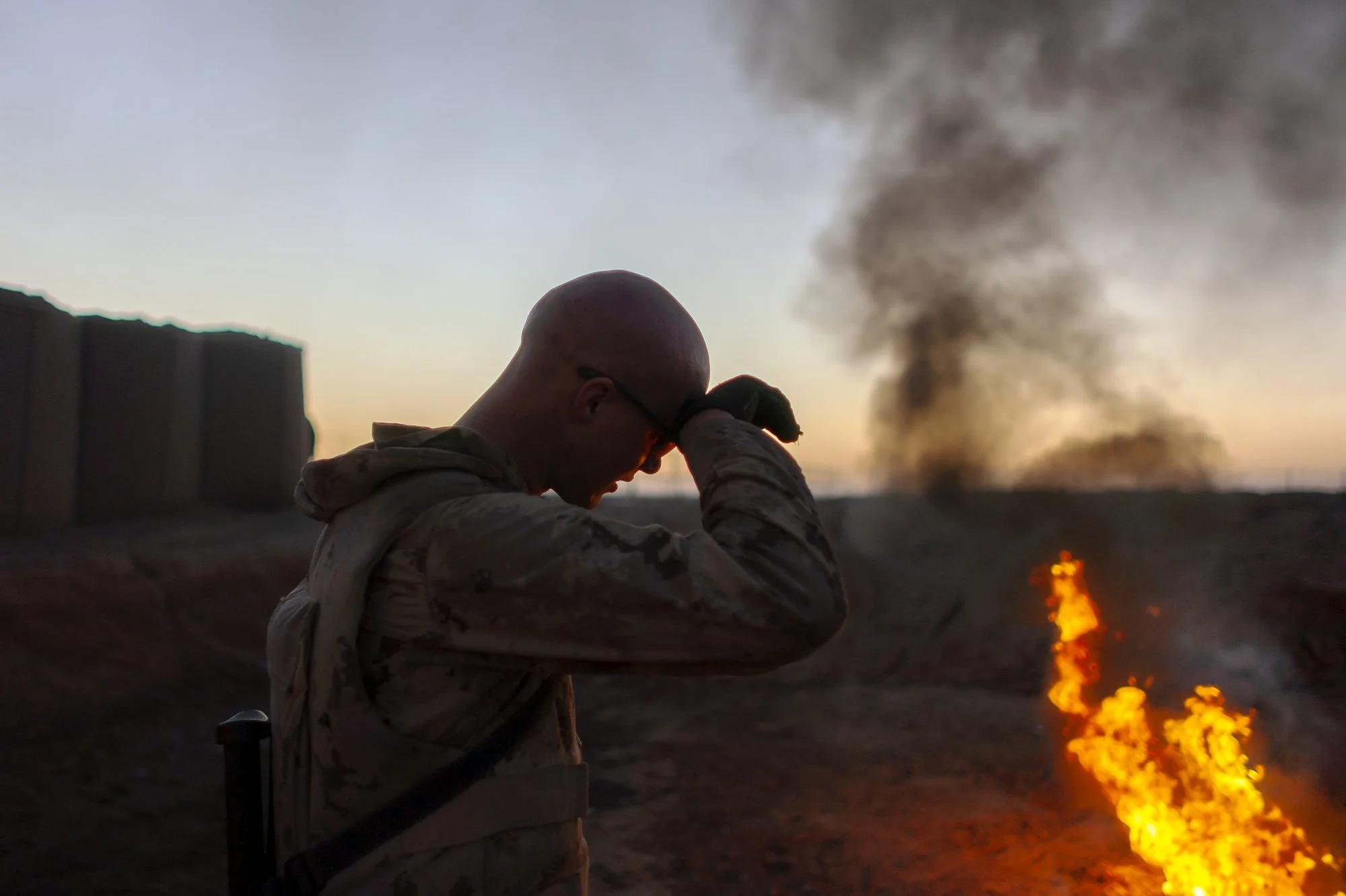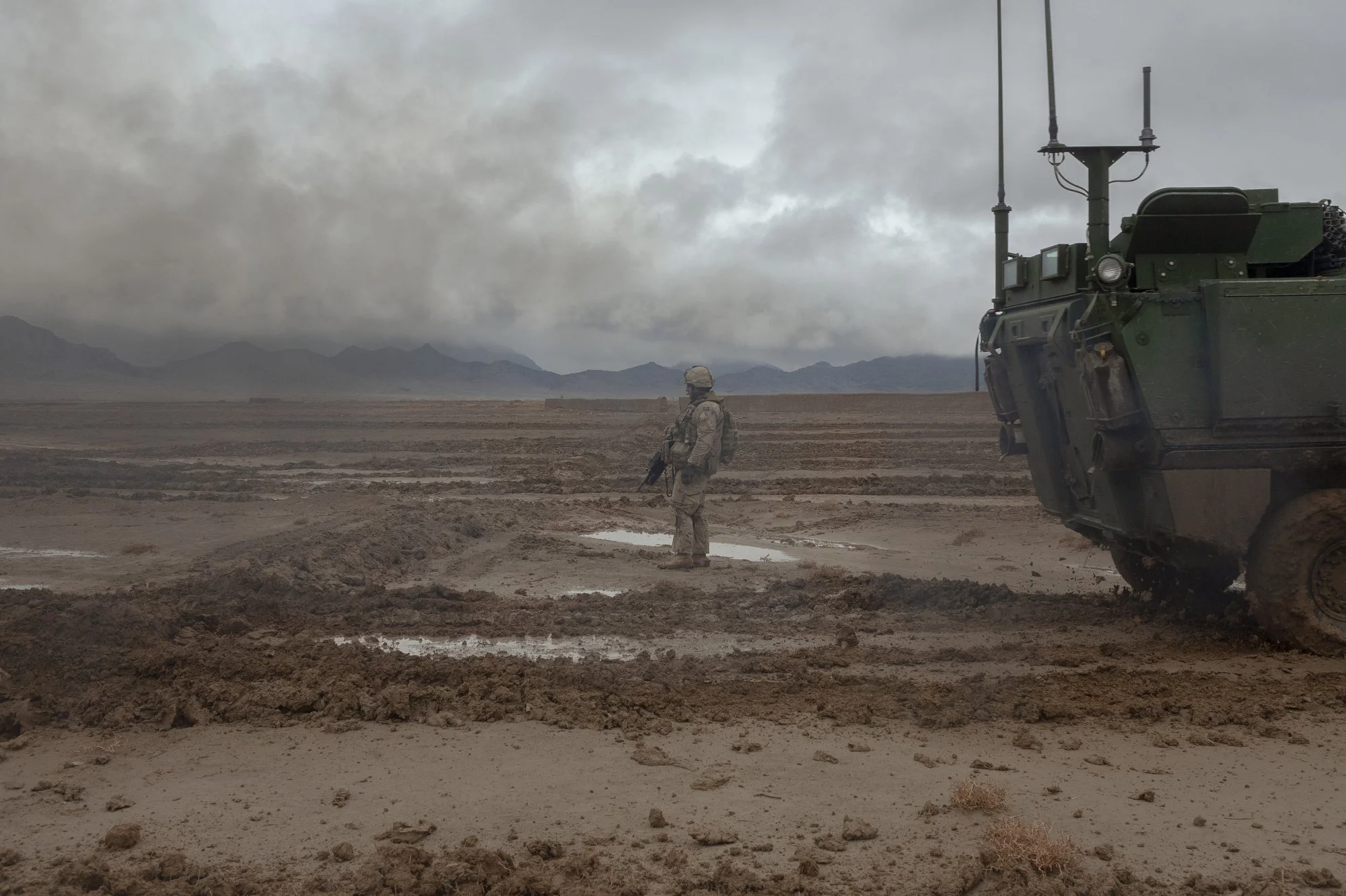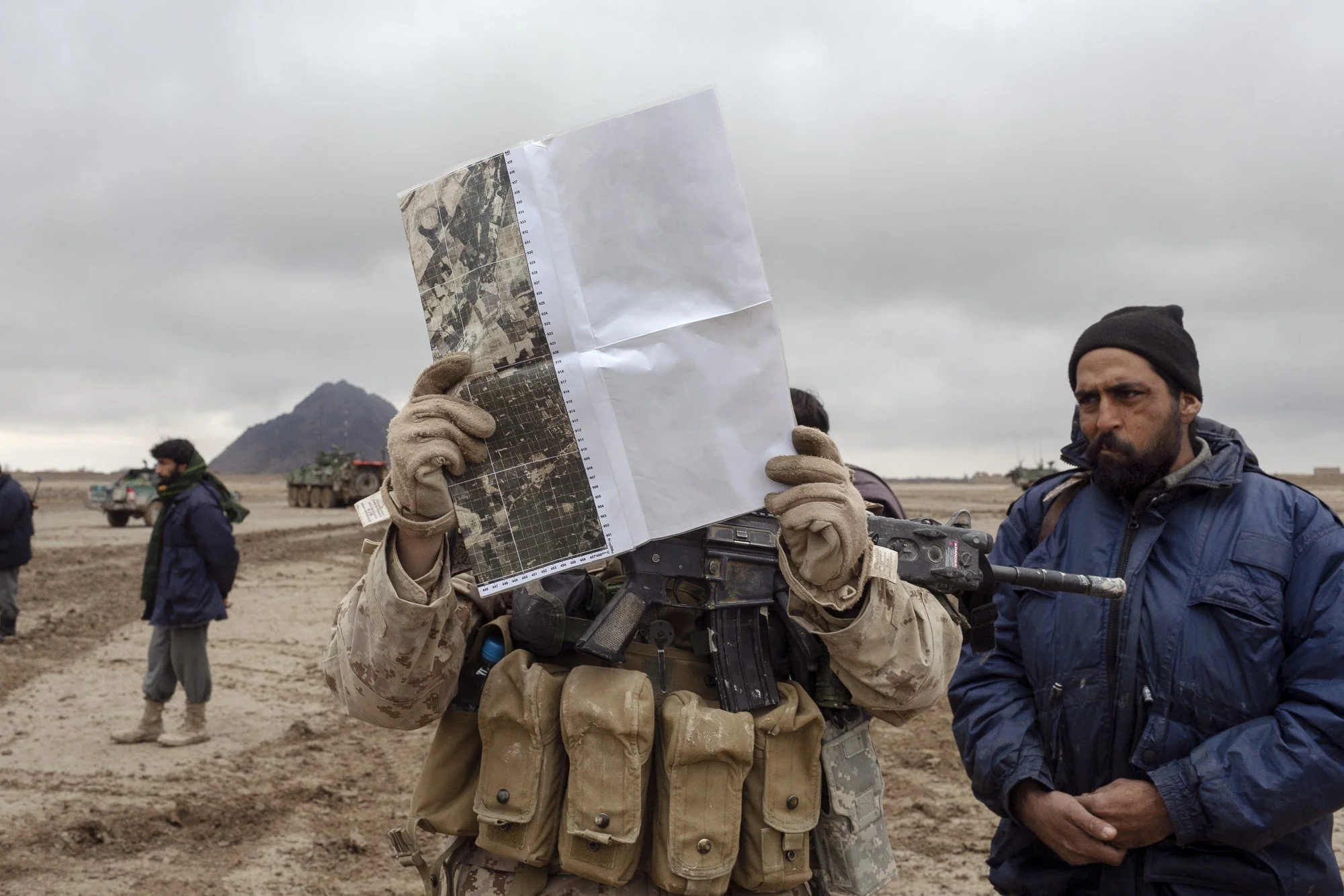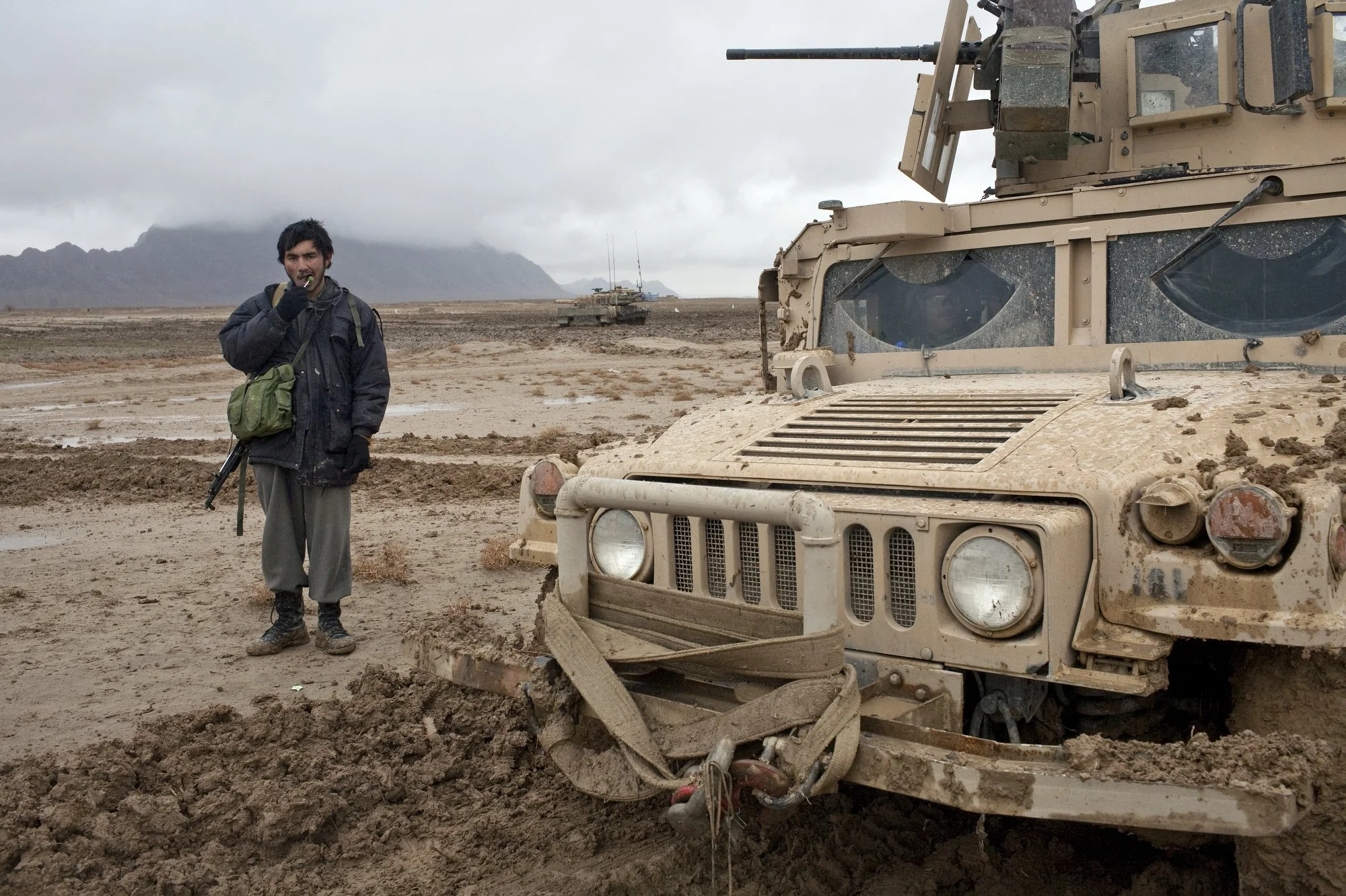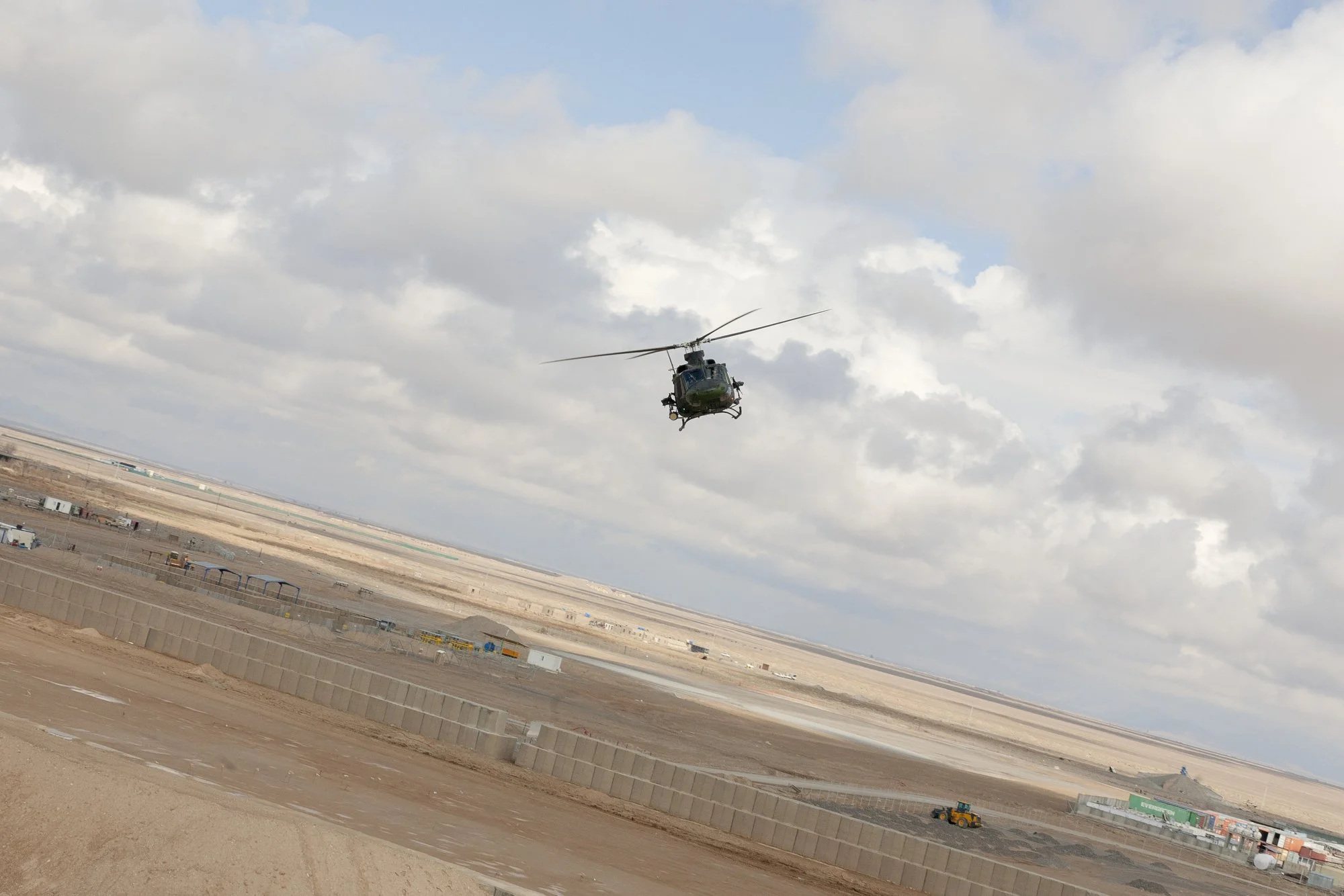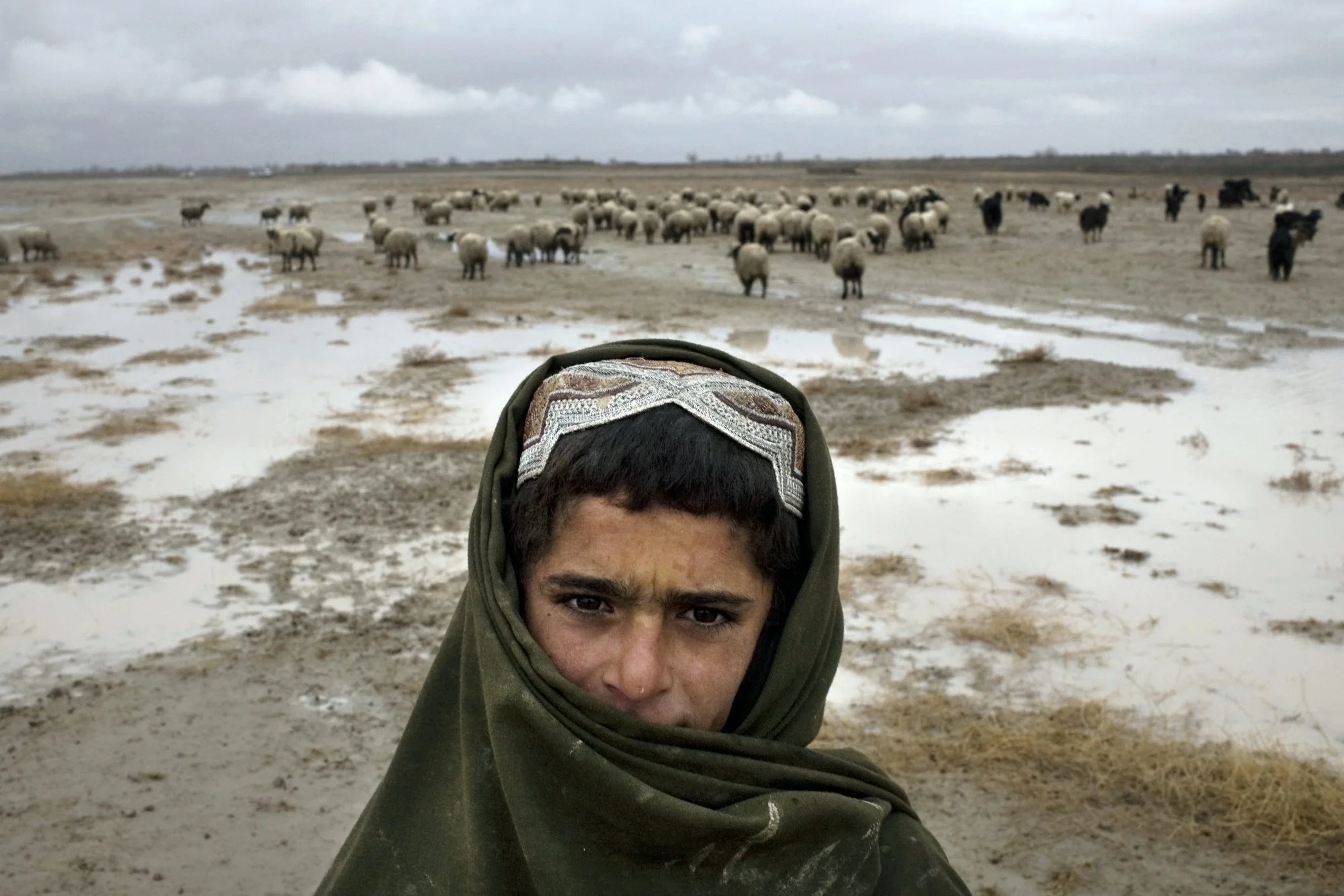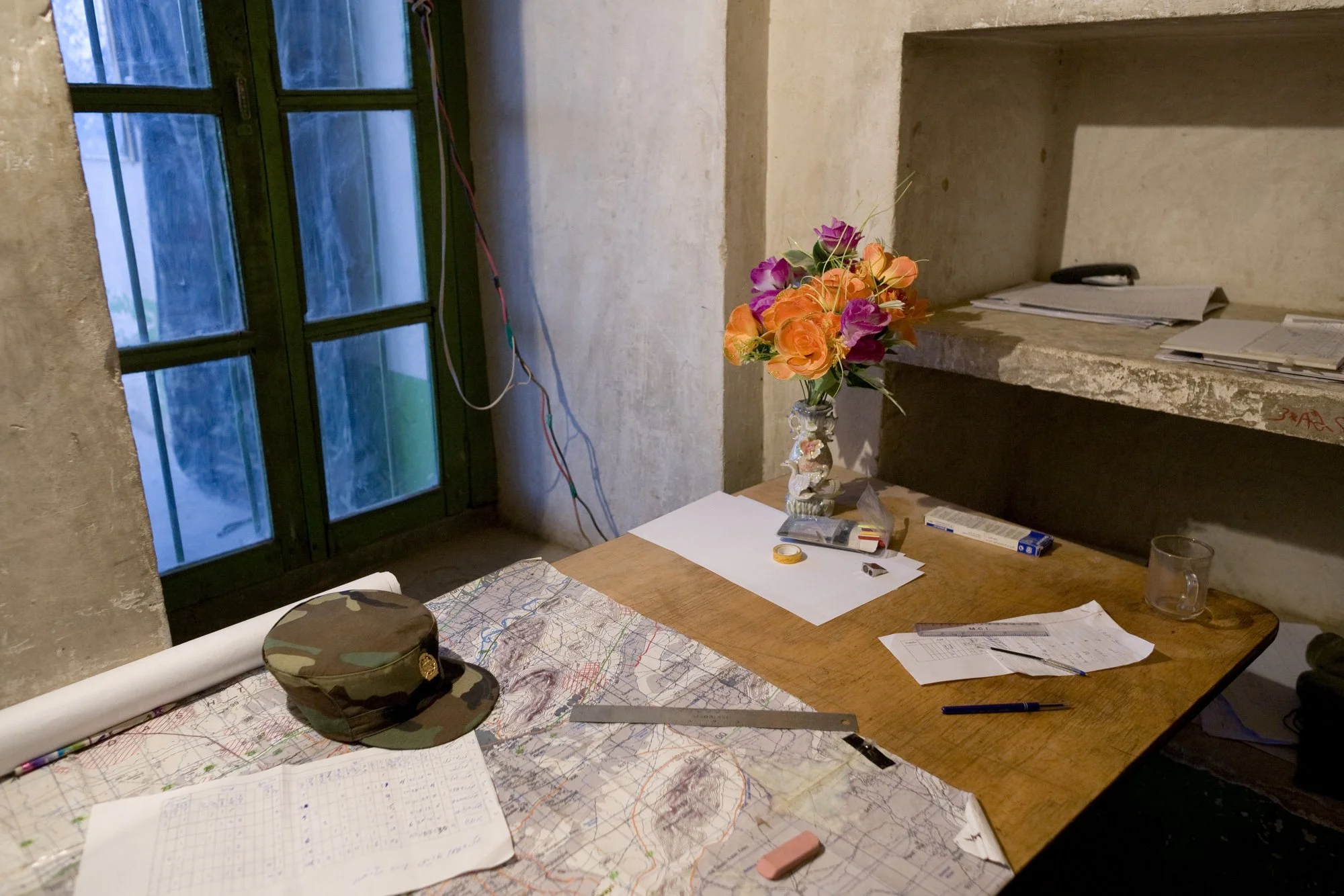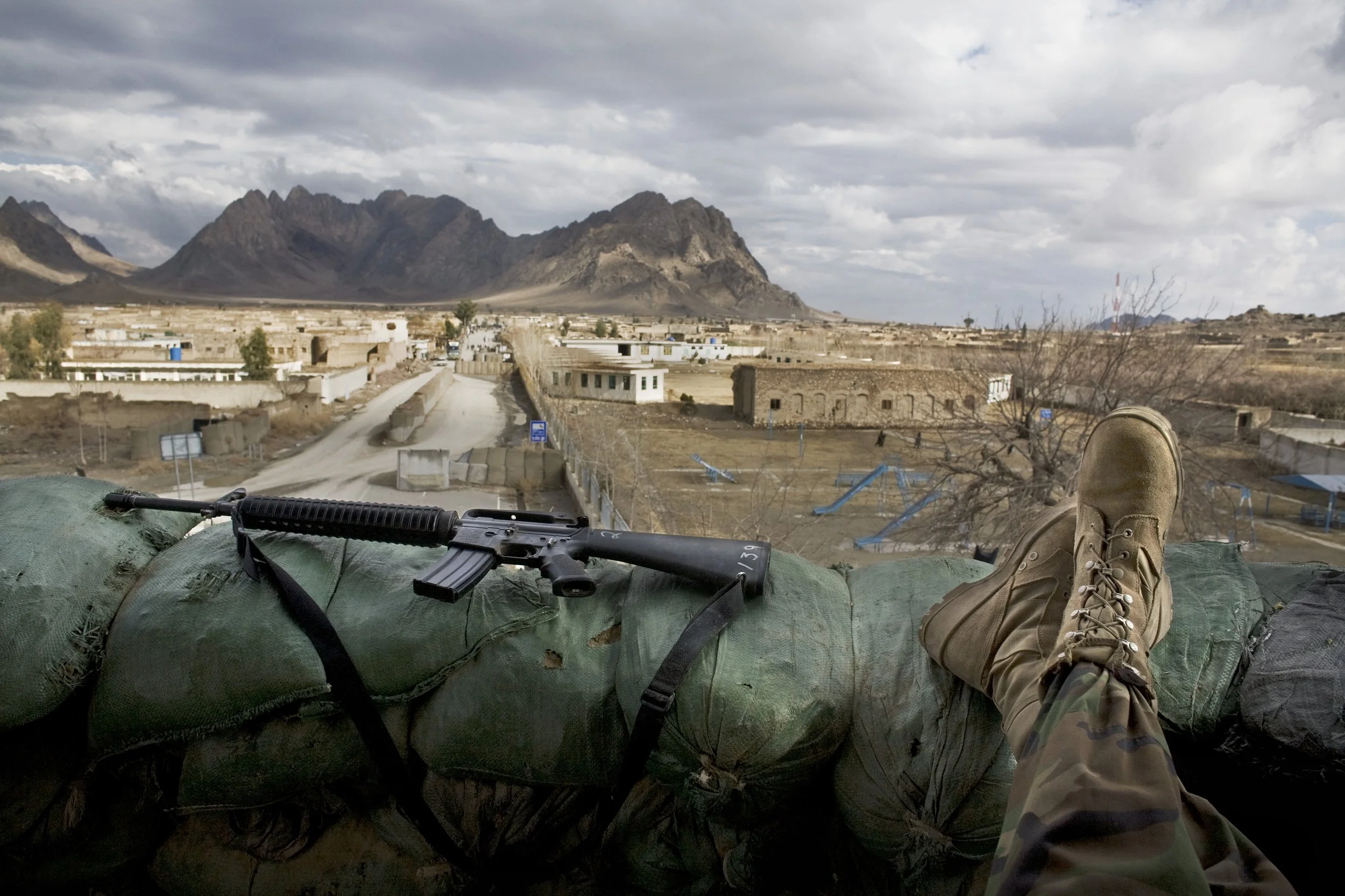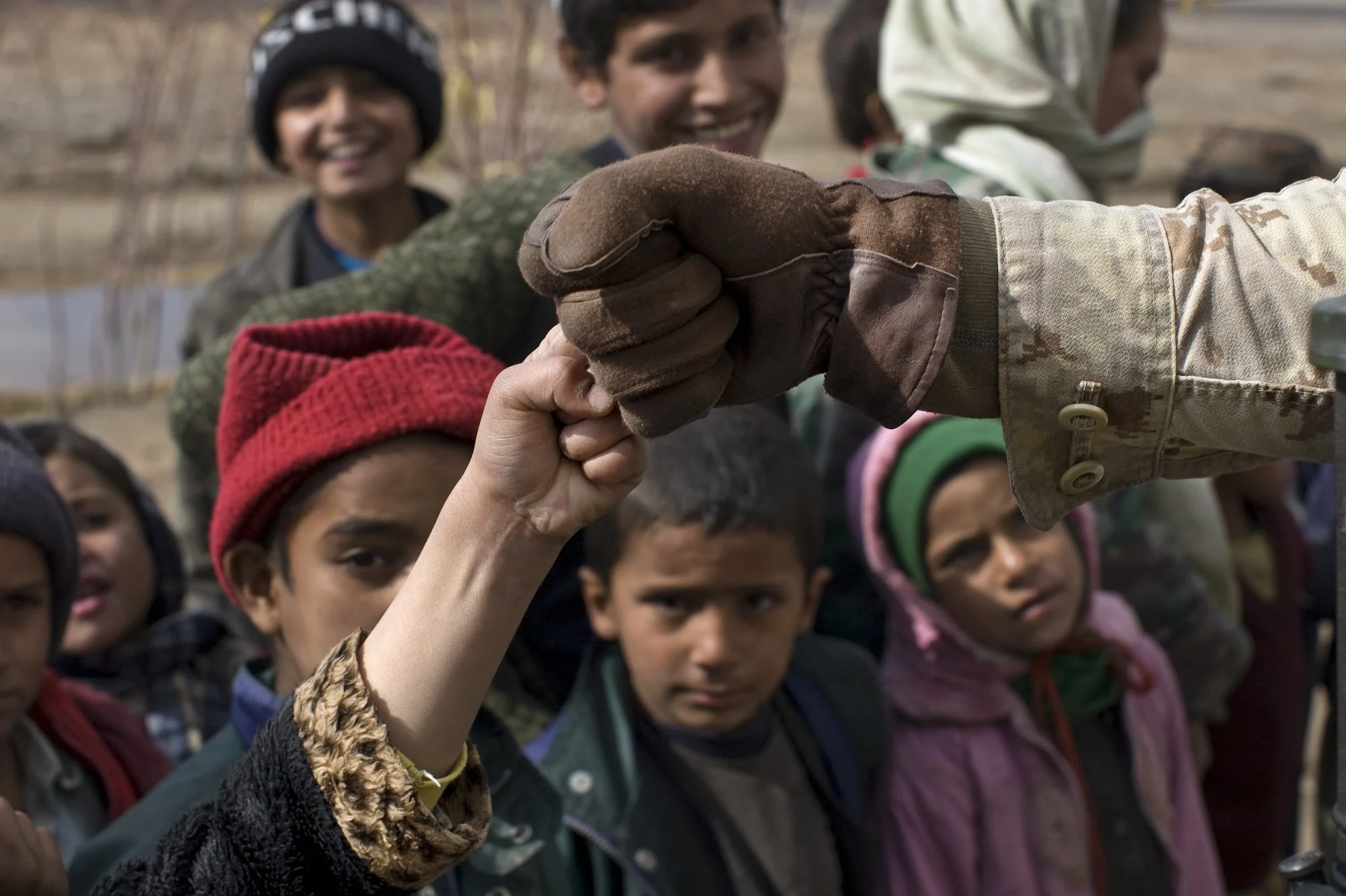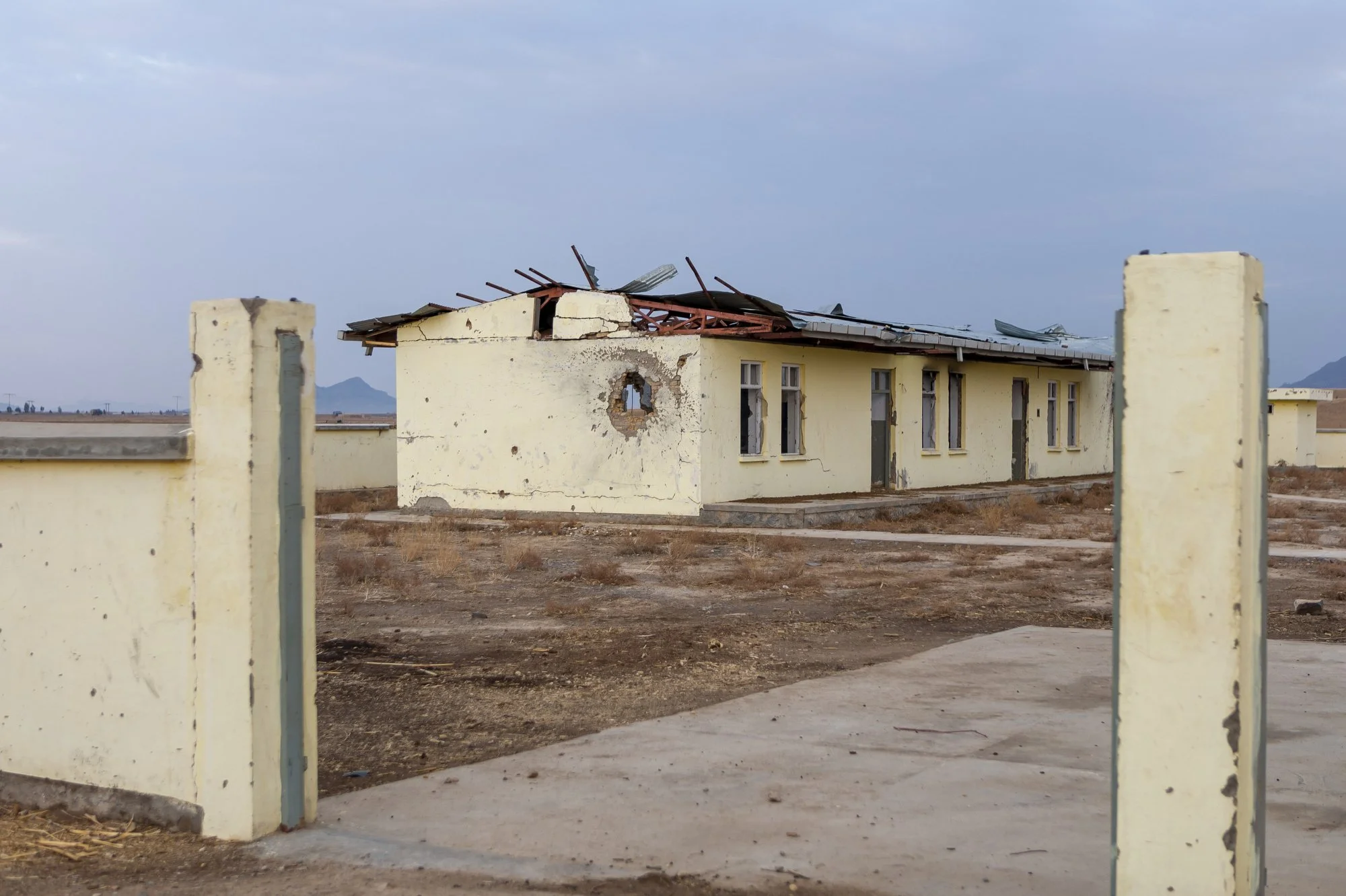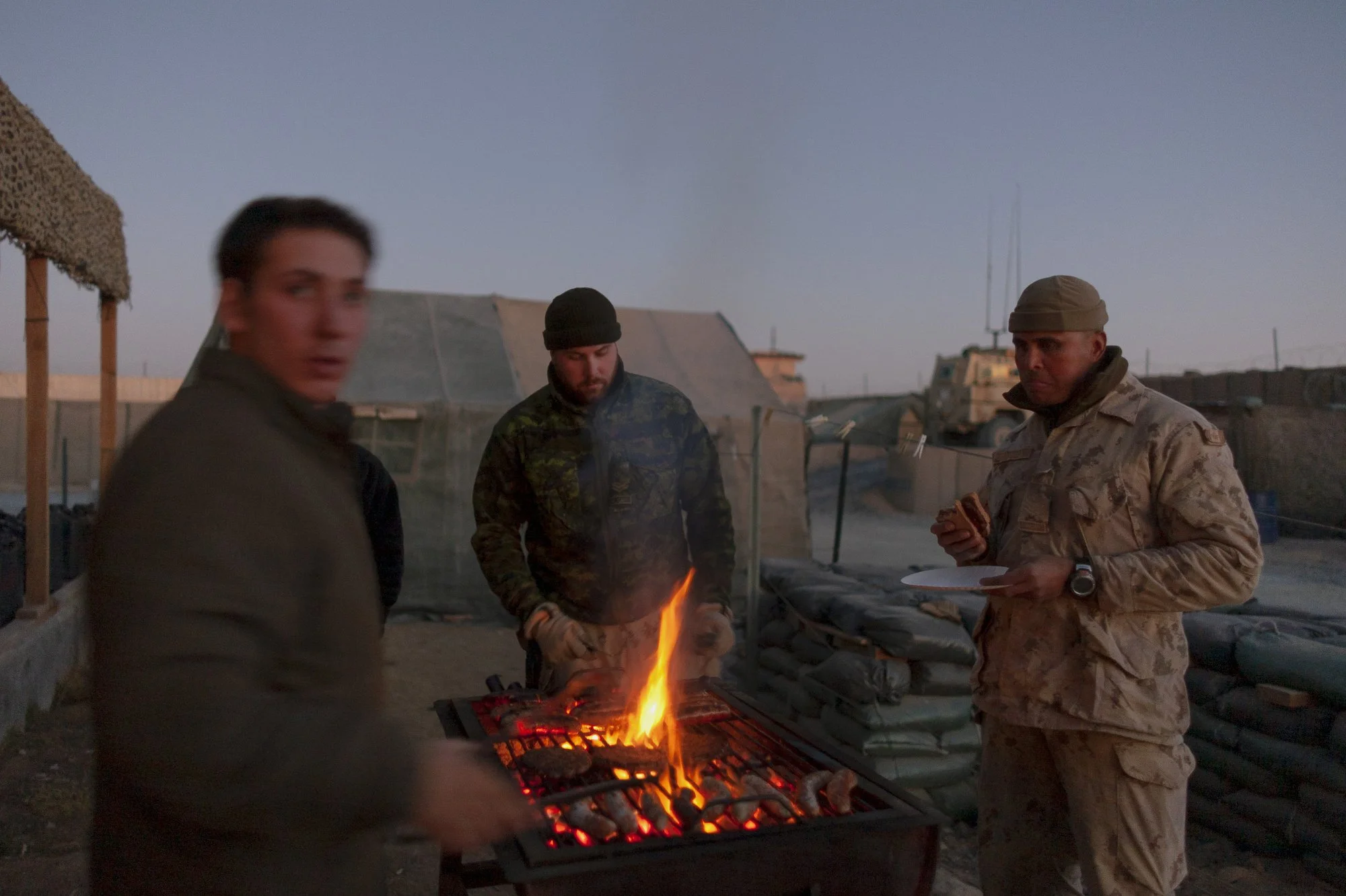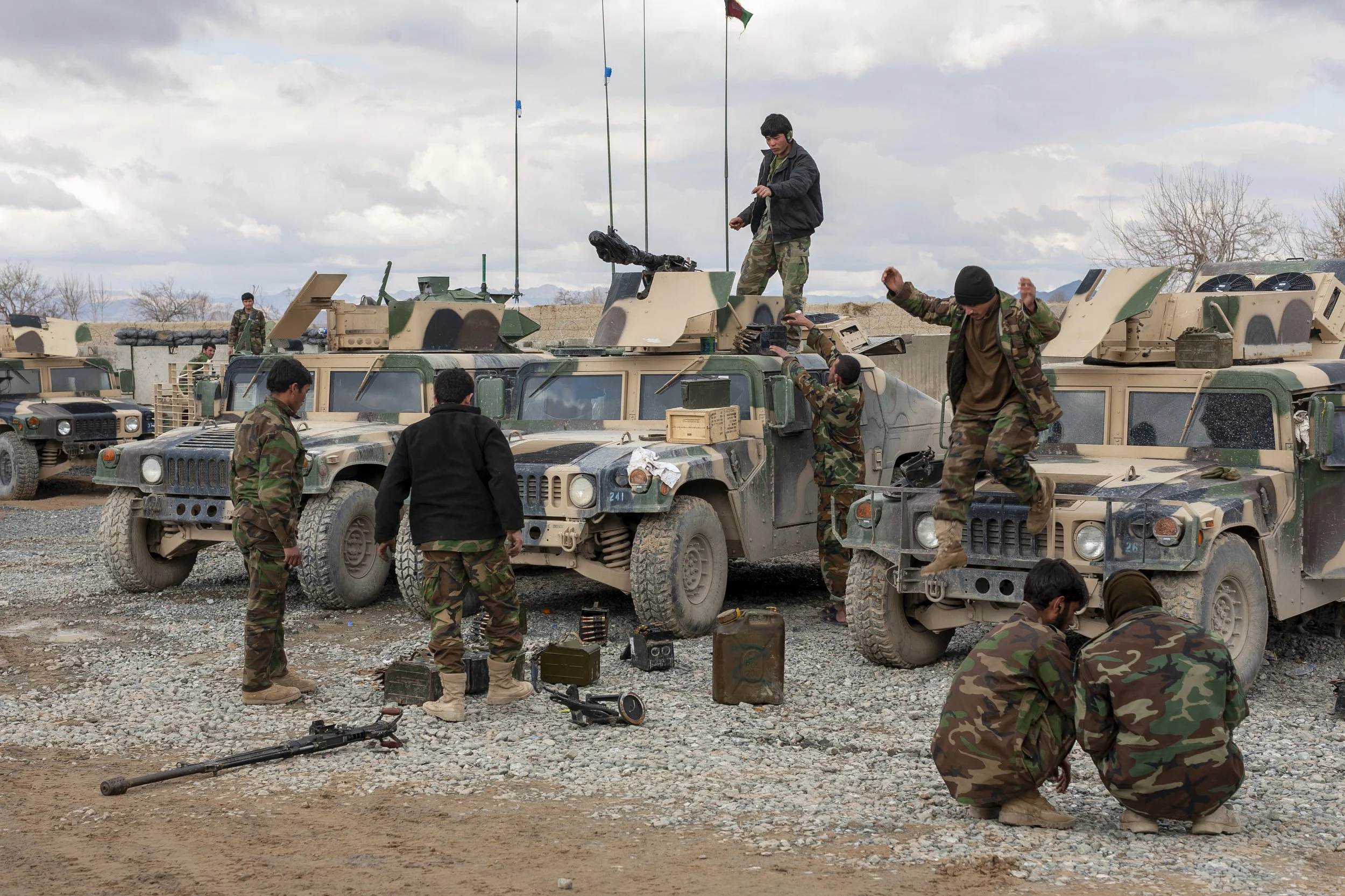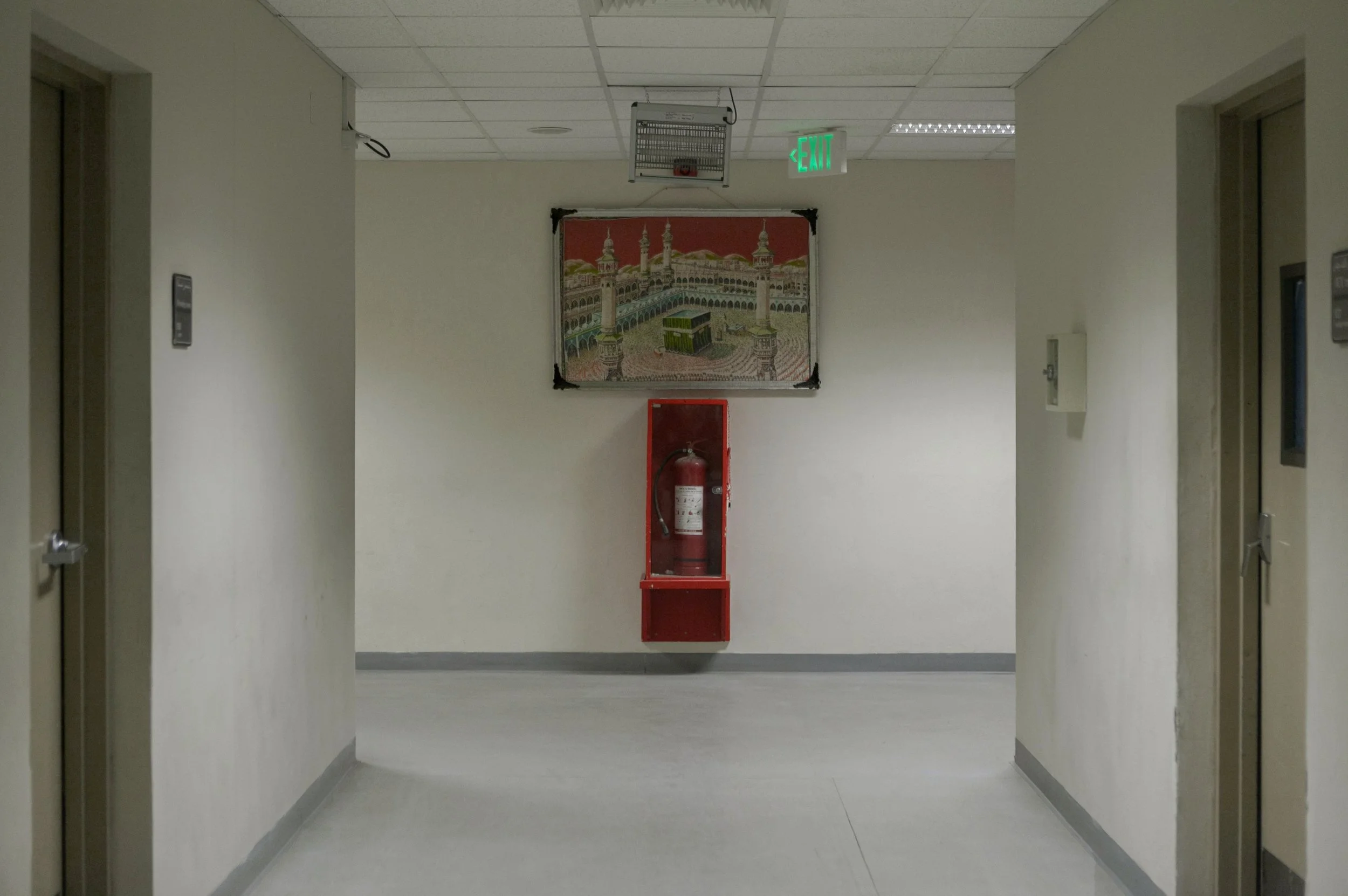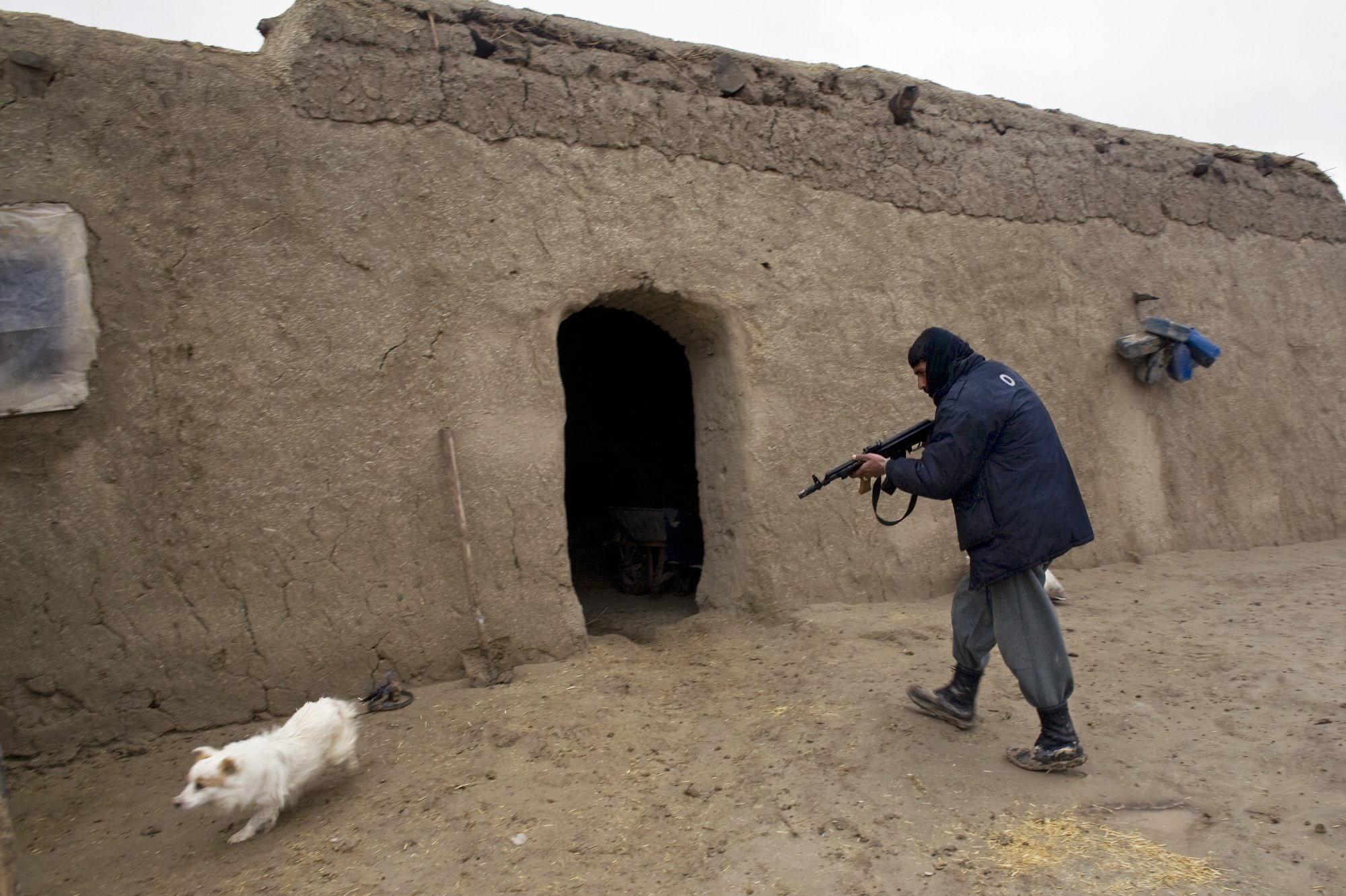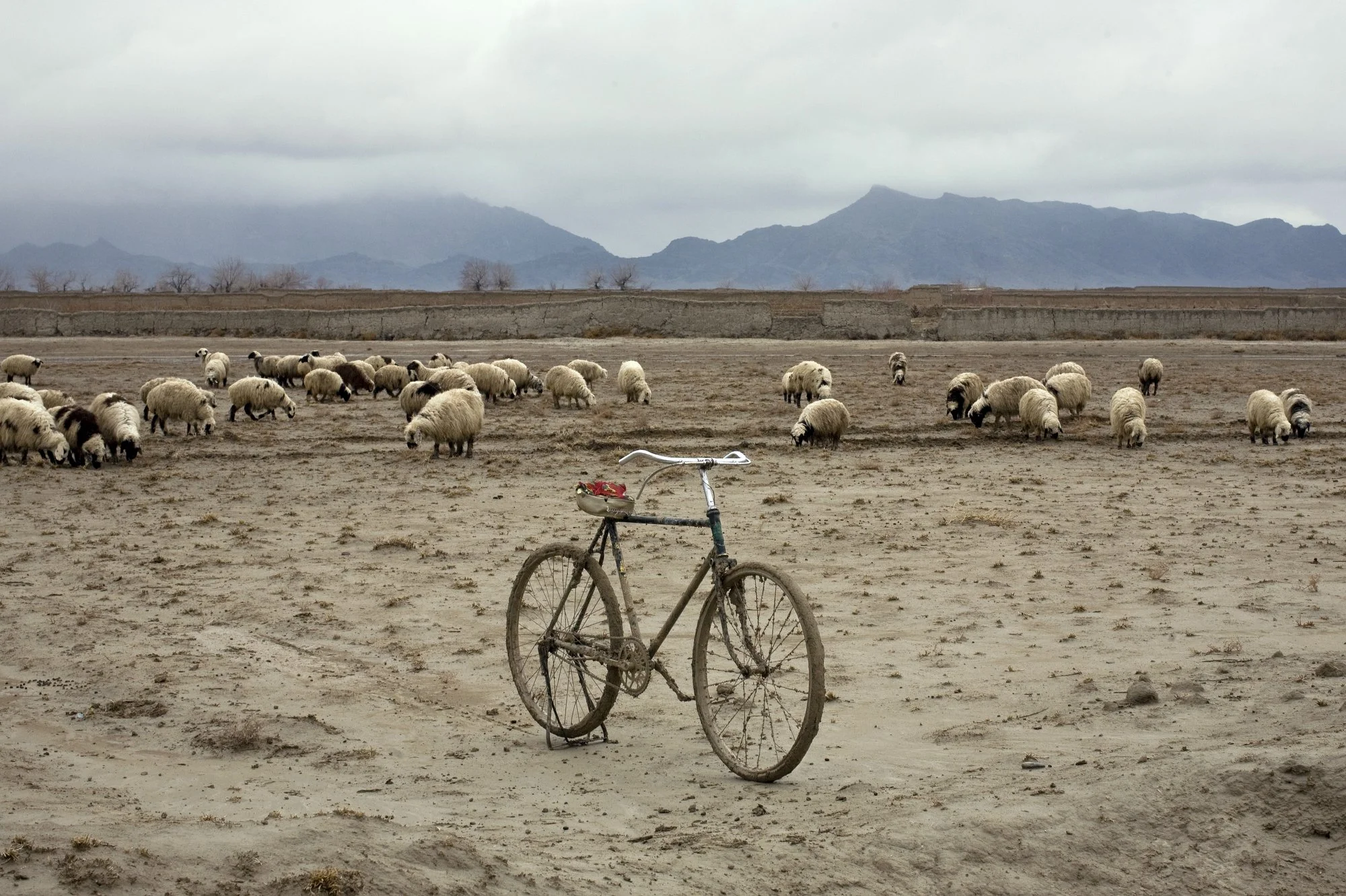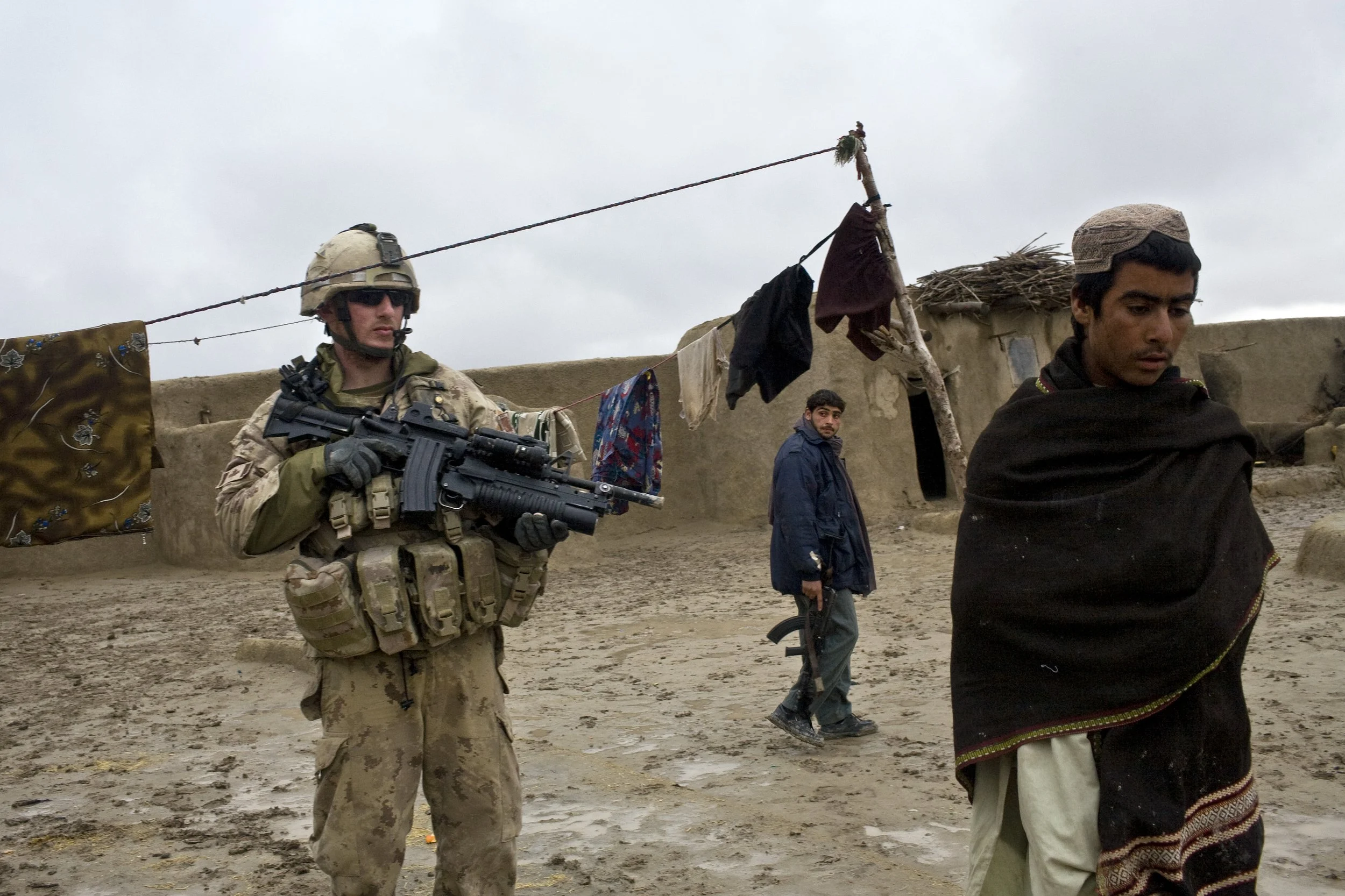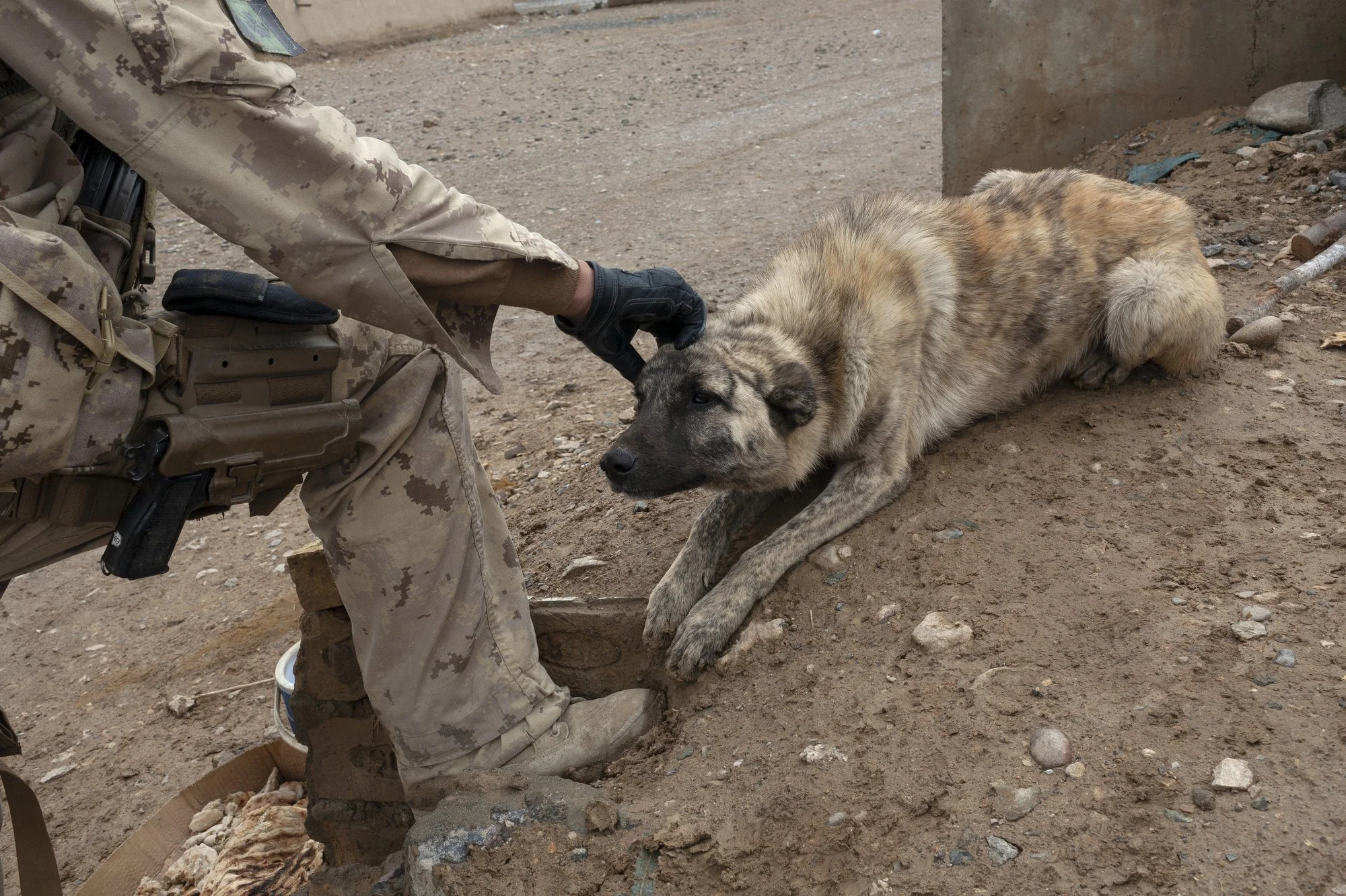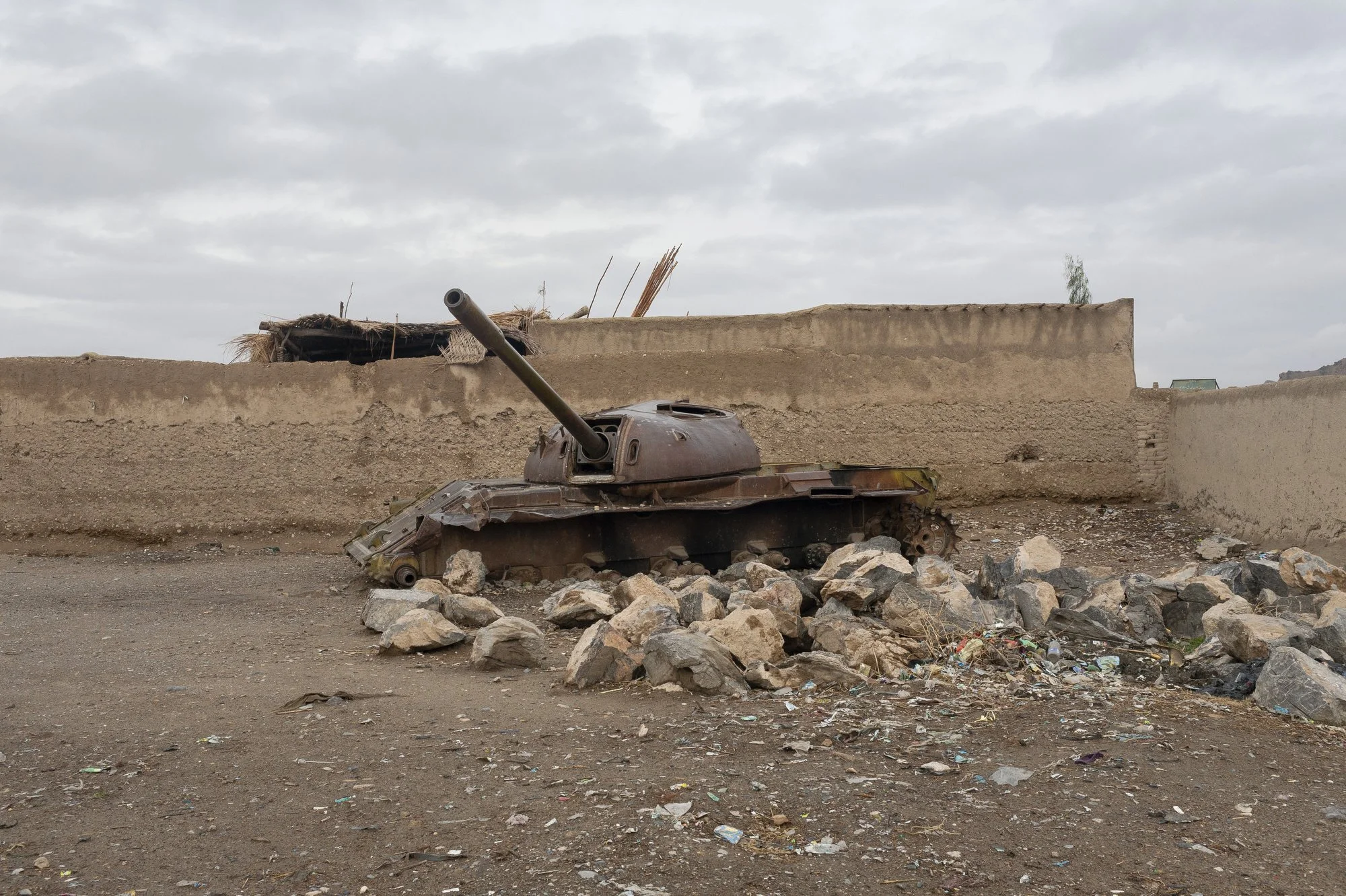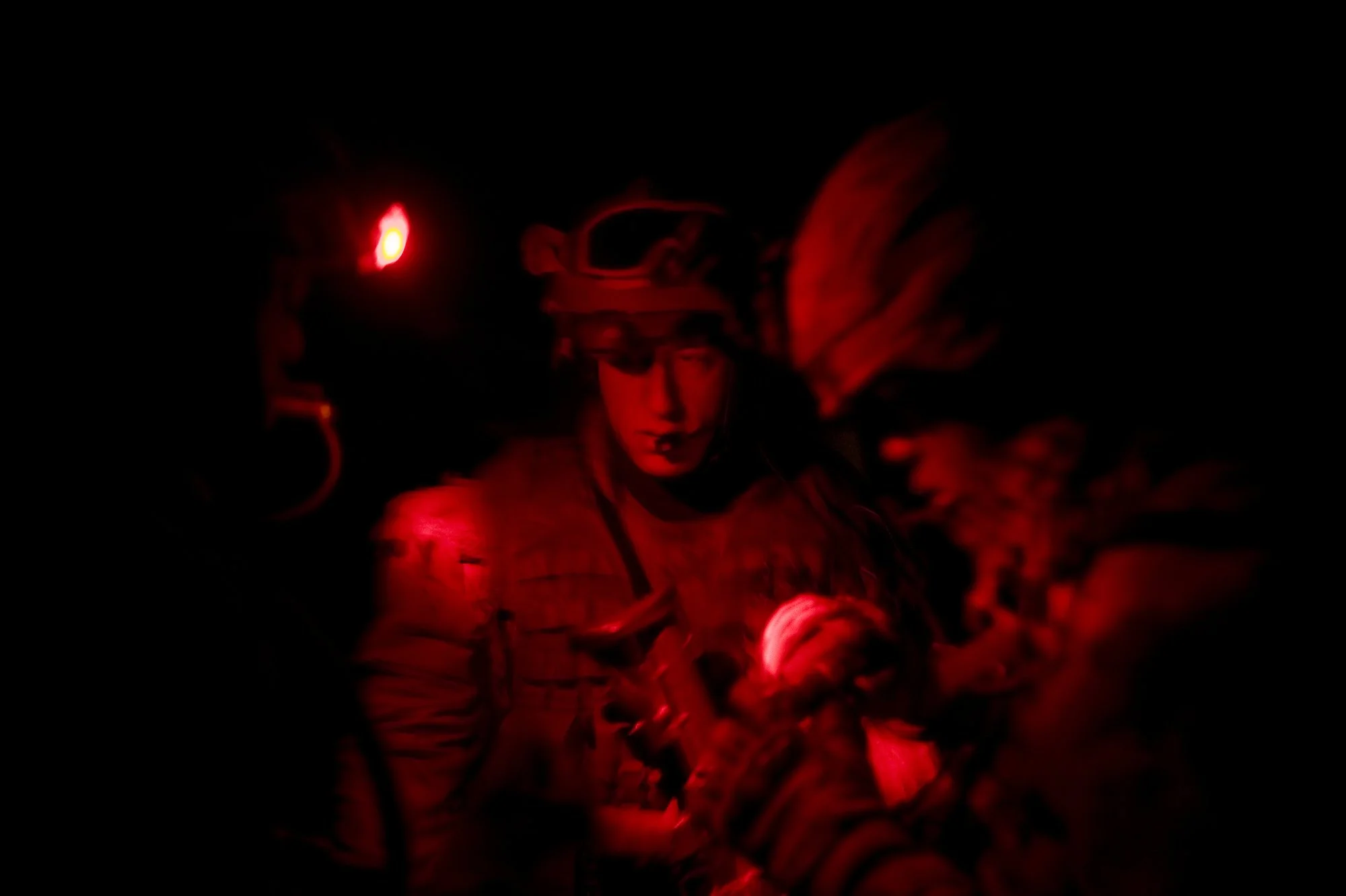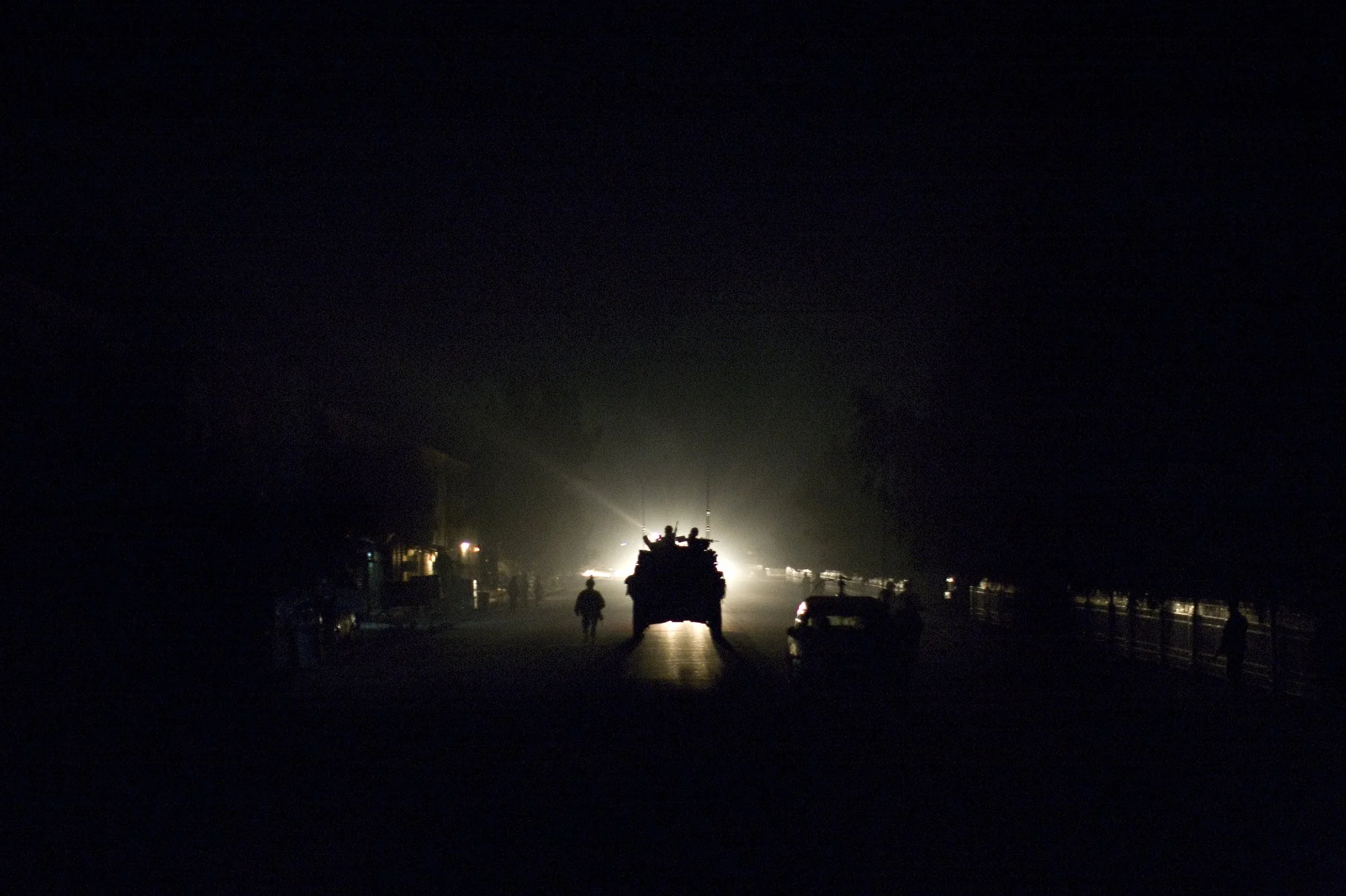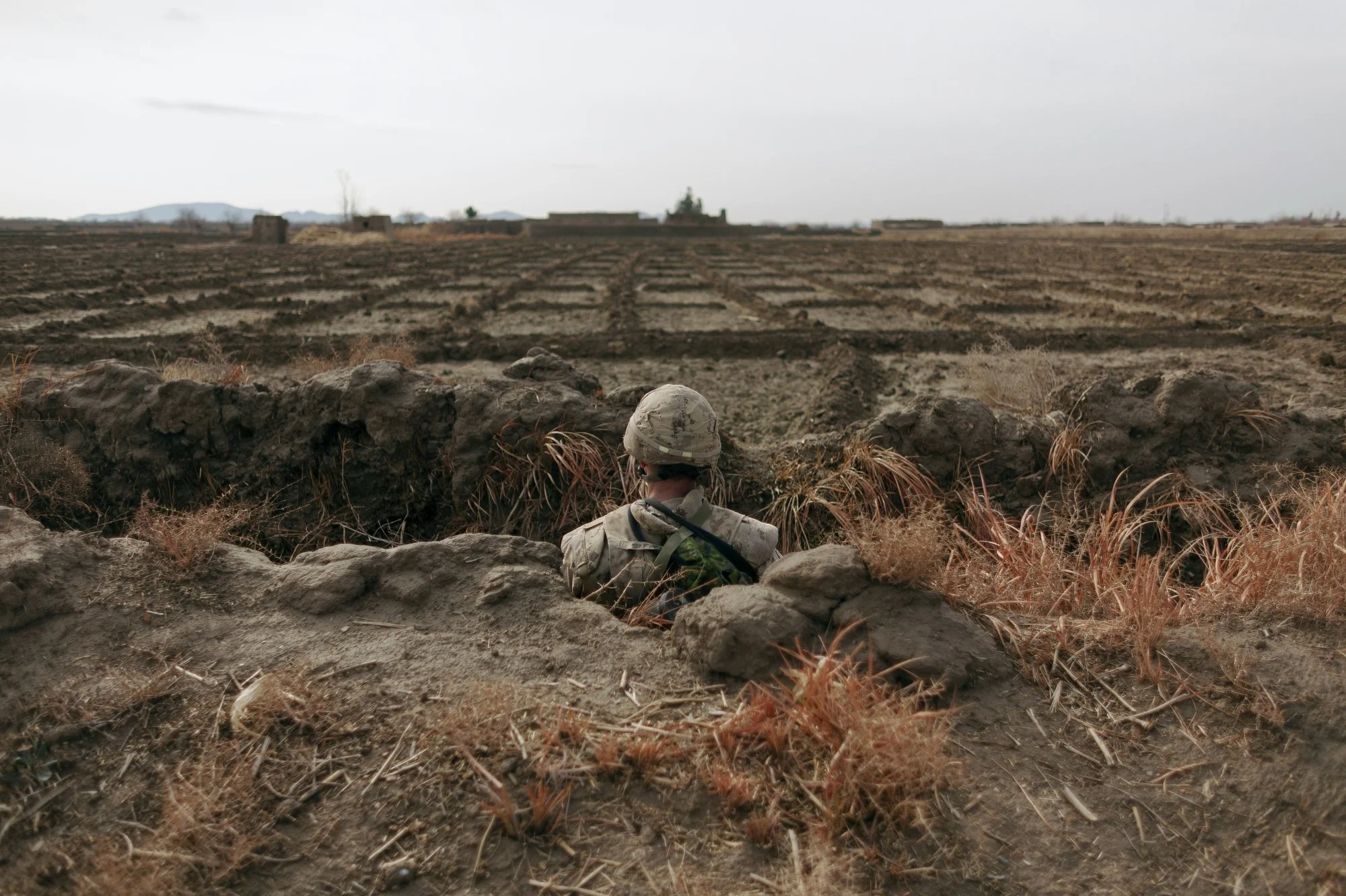A Winter in Kandahar
Winter brings stillness to the battlefields of Kandahar. The violence that has gripped southern Afghanistan in recent years, rising to new heights of tragedy with every summer fighting season, falls to a low ebb as the temperature drops.
It means rain on the dry flatlands and sweeping clouds in a sky that was mercilessly blank in the hot seasons – a relief after months of heat and days that reach 50 degrees Celsius with swirling dust storms that swallow the beige landscape.
The winter rains slow down parts of the economy. Stacks of slender poles, timber, and other construction materials stand forlorn and unused in the markets of Kandahar city. Any work that does continue becomes more laborious; field hands carrying piles of hay for livestock move slowly with their sodden burdens.
Perhaps the most crucial reason why the rain and cold of winter are welcome in Kandahar is that the season slows the pace of war. Fighting continues, but the frequency of violent incidents drops to fewer than half of the number at summer's peak, when insurgents simply retire for the season.
The conflict settles into a bitter routine. Foreign troops, in search of opponents who rarely show themselves, hide bombs in the wet roads, which adds the taste of danger to the soldiers' daily patrols. It makes the emptiness feel ominous, especially as they seize the opportunities presented by the season and establish new outposts in parts of Kandahar.
Troops hike through the mud into villages and set up rudimentary fortifications. The sounds of hammers and chainsaws echo across the still landscape where such advances would have sparked bloody battles in the summer.
Soldiers dig into new positions and look calmly into the grey rain, patiently waiting for the fighting season to begin.
